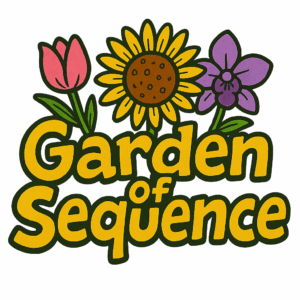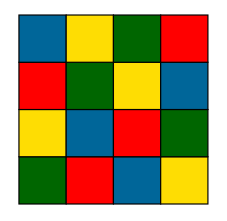The moment I started reading the article I immediately recognized Myron Krueger’s Videoplace from my first week in Understanding IM; I remember it because Professor Shiloh explained that Kreuger was actually manually adjusting the project in the background but making it appear to audiences like an automatic feedback loop. At the time, only computer specialists and engineers had access to complex computer vision technologies; this story is a reminder to me that the development tools that we now take for granted have only become accessible to the majority of the population in the past decade.
How does computer vision differ from human vision?
In the simplest sense, I believe computer vision lacks perspective and has an innate lack of context. Where humans lack in high processing speeds, they make up for in their innate flexible perception of reality of what is in front of them. They ask questions or make comparisons to what may not necessarily be the objectively closest comparison.
When it comes to perspective in AI– artificial intelligence didn’t grow up with an innate curiosity about the world no matter how many “Hello, World!”s it says. A human can look at a boy and a girl who always hang out together and assume romantic context but an AI wouldn’t know that innately; that’s probably why the trope of AI learning human emotions from watching their movies and media is such a common one in our fiction pieces.
Techniques to help the computer see / track what we’re interested in?
I believe the article mentions using bright lighting or at least high contrast backgrounds. However, I’m sure that image training is also very important in today’s computer vision.
Effect of tracking & surveillance in interactive art
I remember when I got my Xbox 360 as a kid and got the Kinect system bundled alongside it. It was such a revolutionary technology back then and now we can recreate the same thing on the software side with just a webcam on p5js! That is incredibly impressive to me.
I never even considered computer vision in surveillance until I read the piece on Suicide Box, which recorded real tragedies of people taking their lives at the Golden Gate bridge. What surprised me is how port authorities counted thirteen in the initial hundred days of deployment whereas the suicide box with its computer vision recorded seventeen. That’s four human lives that were tragically lost and possibly forgotten.







